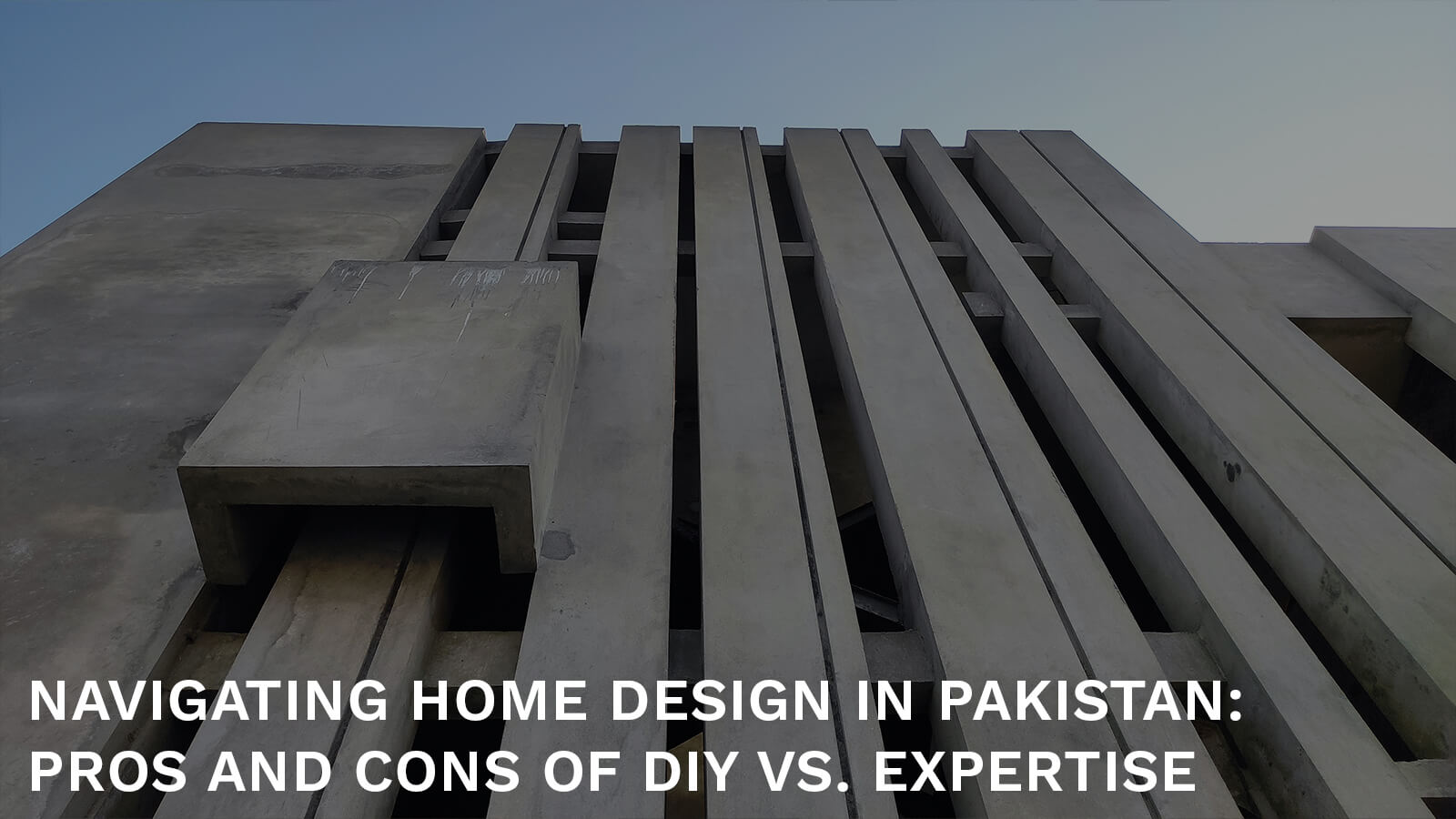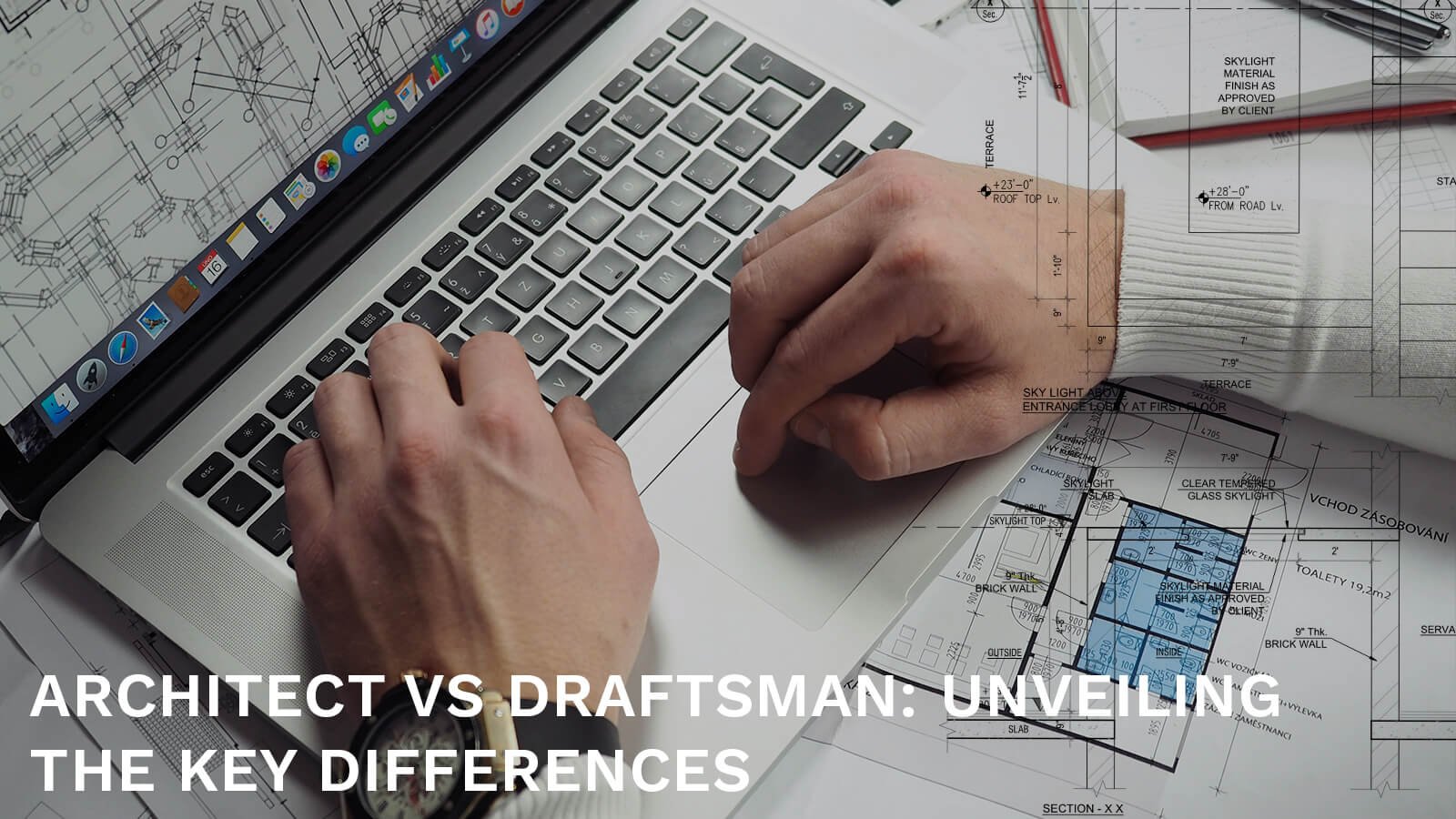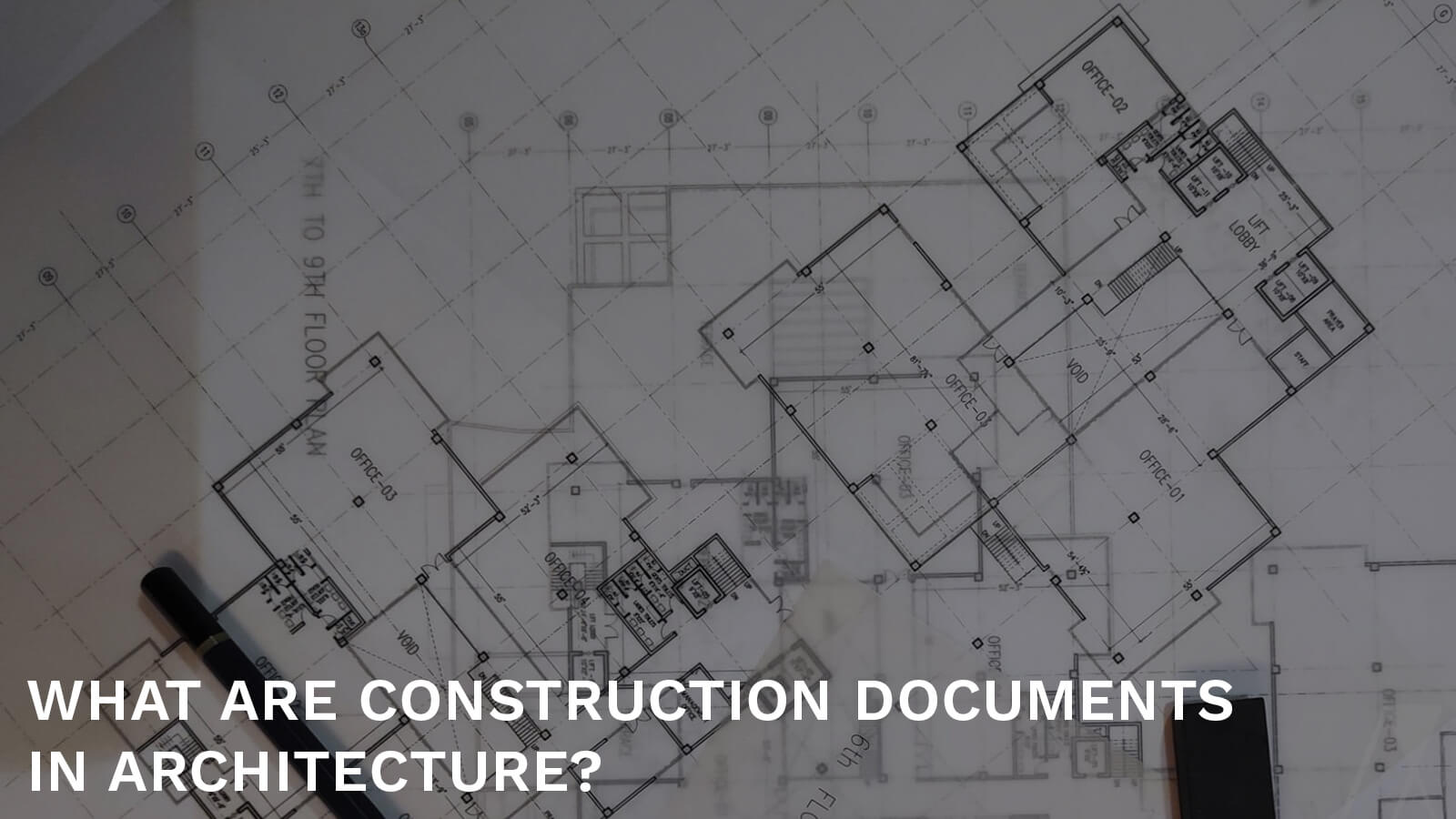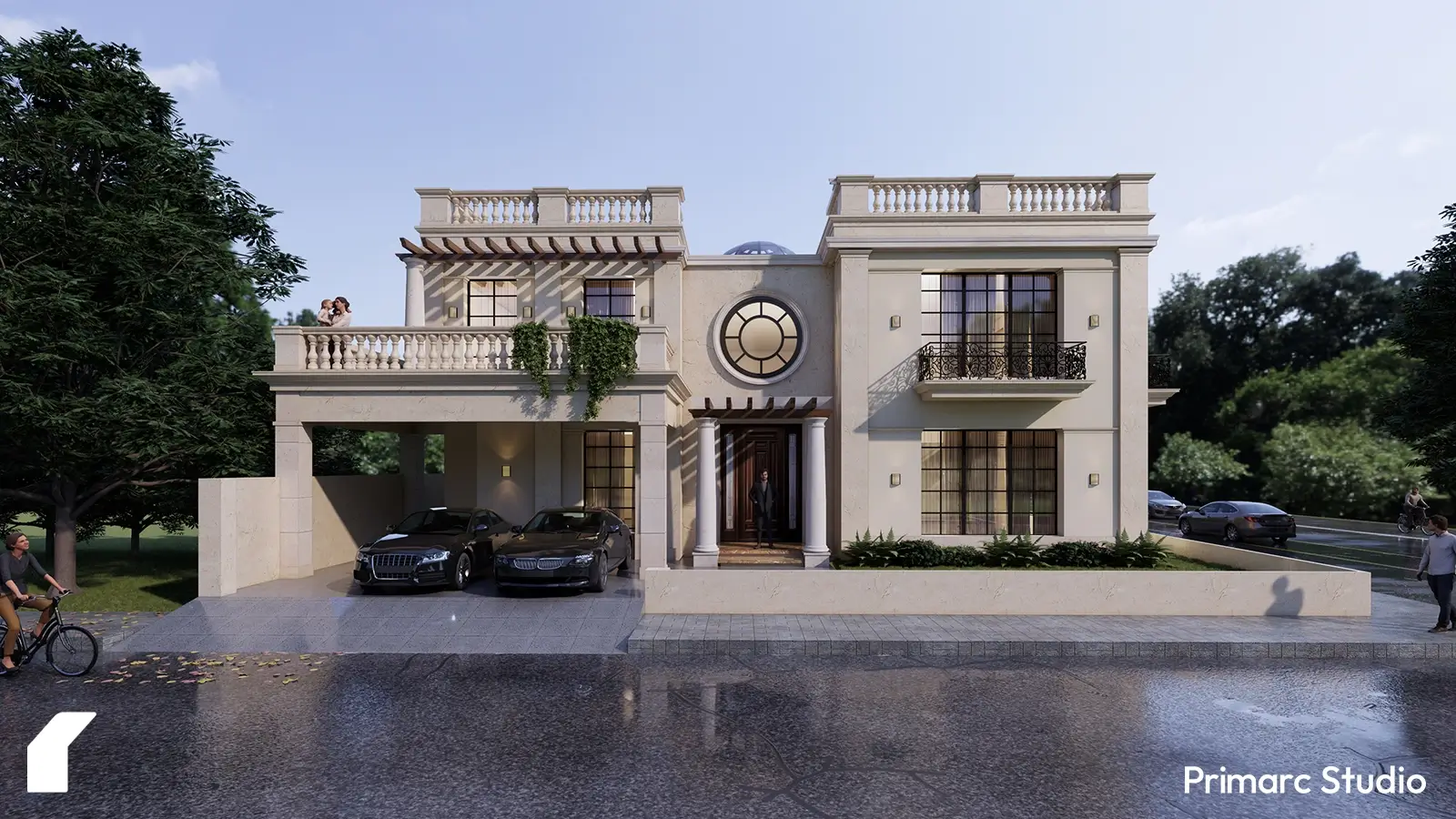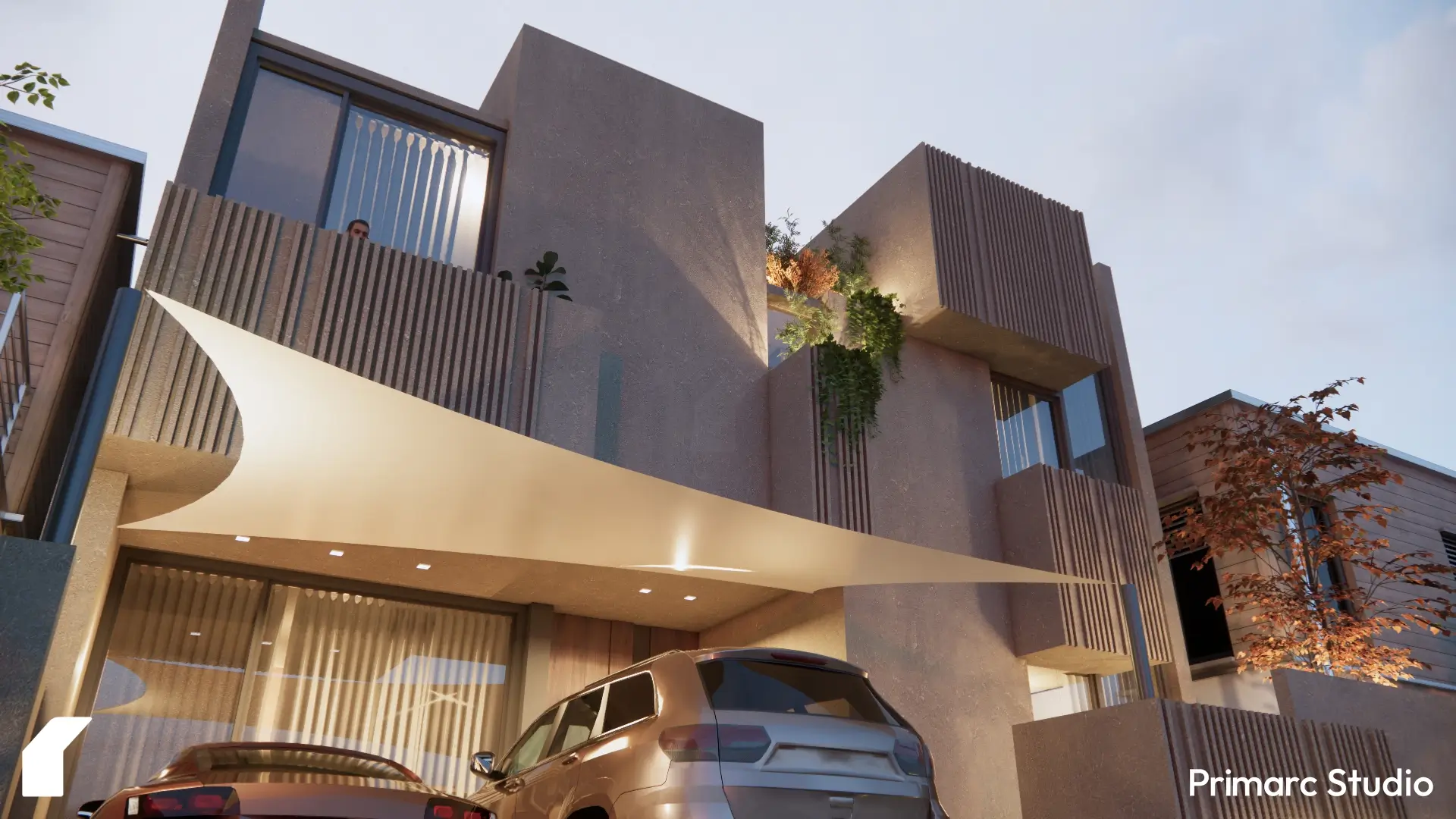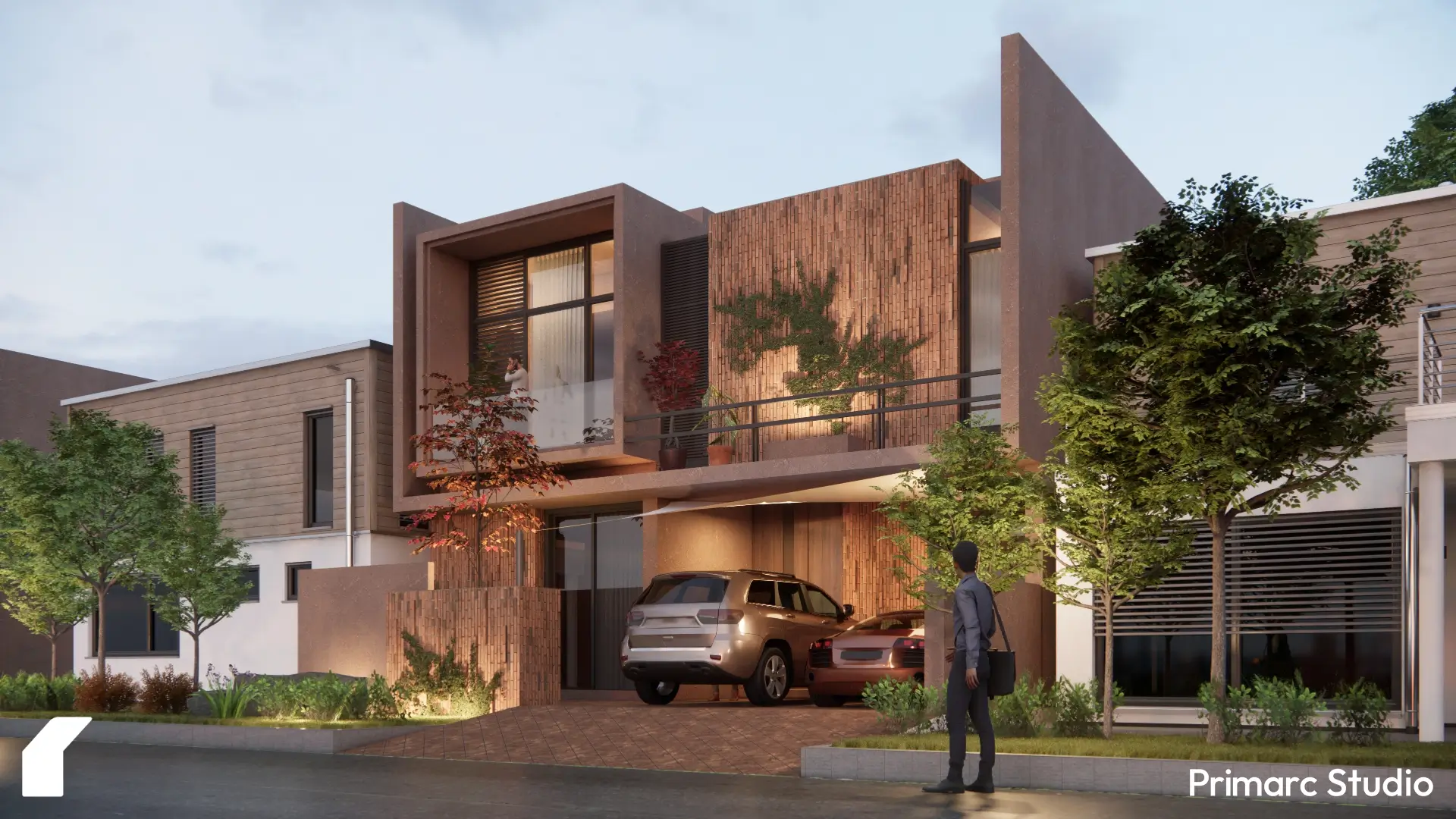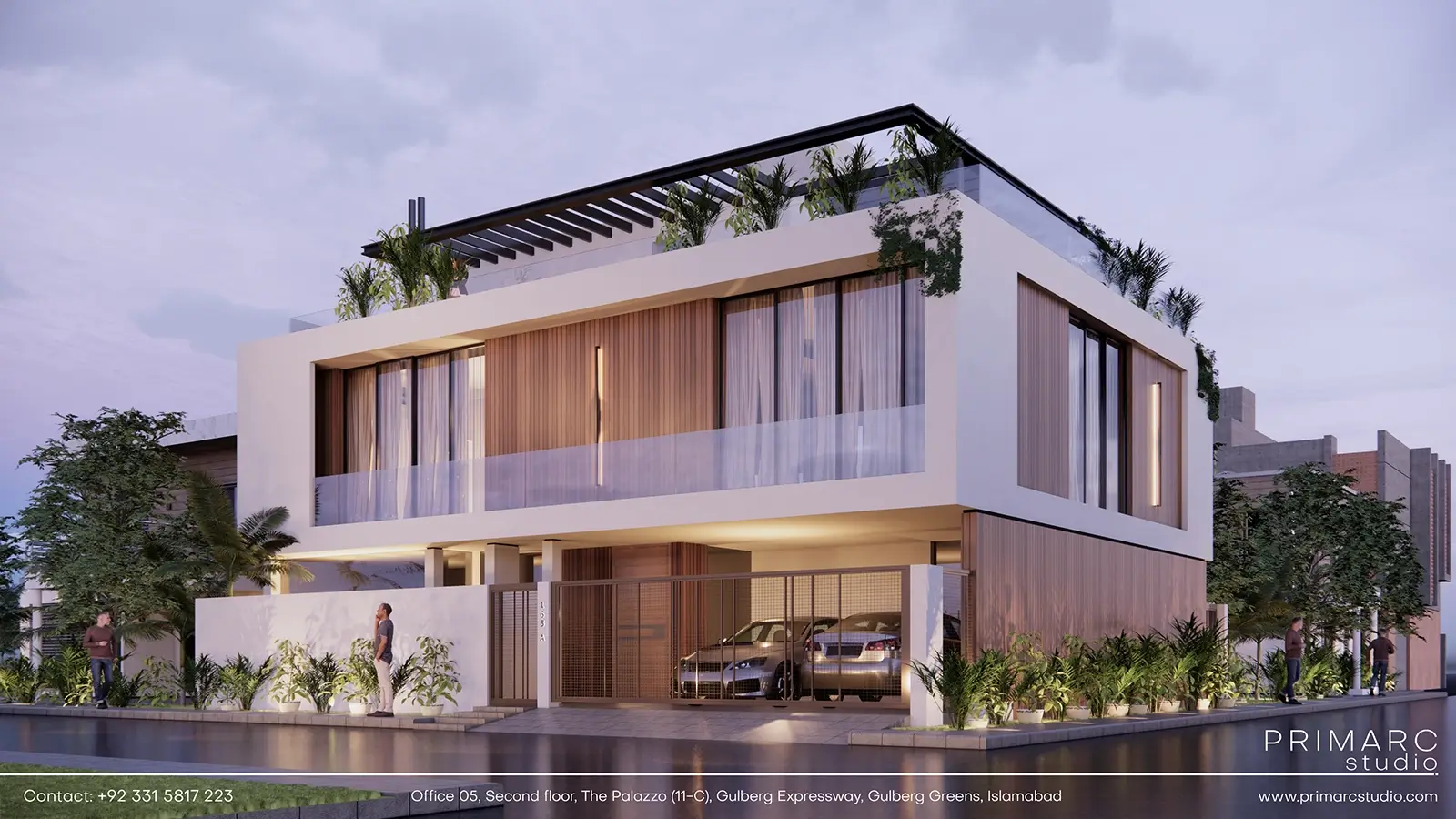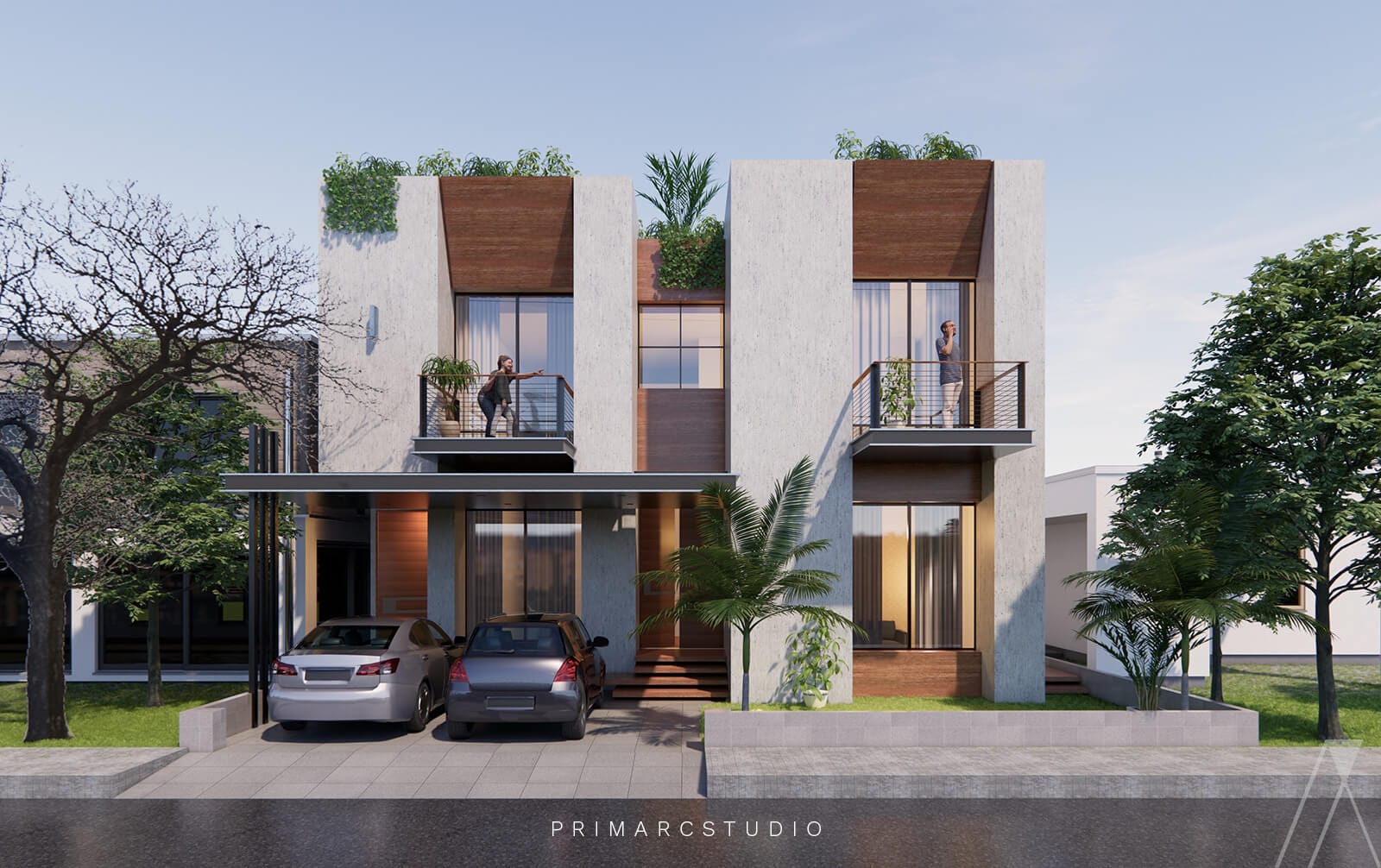We’re all too familiar with the myth, “Why involve an architect when contractors can handle the whole construction process?” Right?!
Well, you’re in for a reality check!
We are here to explore the limitations of contractor-led projects and the importance of architectural Expertise.
In the world of residential construction and design, there exists a preconceived idea that contractors alone can orchestrate the entire process without the need for architectural intervention or advice from an architect. While contractors are vital in bringing blueprints to life, they often need more comprehensive knowledge and creative insight than architects.
Let’s examine the pros and cons of two contrasting approaches to home design: the do-it-yourself (DIY) ethos and the Expertise of architectural professionals.
Vernacular architecture in Pakistan
Pro: DIY culture fosters a sense of ownership and creativity among homeowners.
Con: While rooted in tradition, vernacular architecture may lack professional guidance and result in inefficient or poorly designed spaces.
Consider the traditional mud houses scattered across rural Pakistan. While these structures bear testament to centuries-old architectural techniques and cultural heritage, they often need to catch up in terms of modern amenities and sustainable design principles. While age-old construction techniques and a vernacular approach to design only focus on the need of the inhabitant to have a roof over their head. They often need more considerations like comfort, functionality, maintenance, and aesthetics.
In contrast to countries with distinctive architectural styles that resonate globally, Pakistan lacks a cohesive design language that can be uniquely identified as “Pakistani.” Instead, the architectural landscape is a patchwork of British colonial influences, Mughal grandeur, Indo-Saracenic opulence, Islamic motifs, and other international inspirations. While these diverse influences contribute to the rich tapestry of Pakistan’s built environment, they also underscore the need for a unified design ethos that reflects the nation’s identity and heritage.
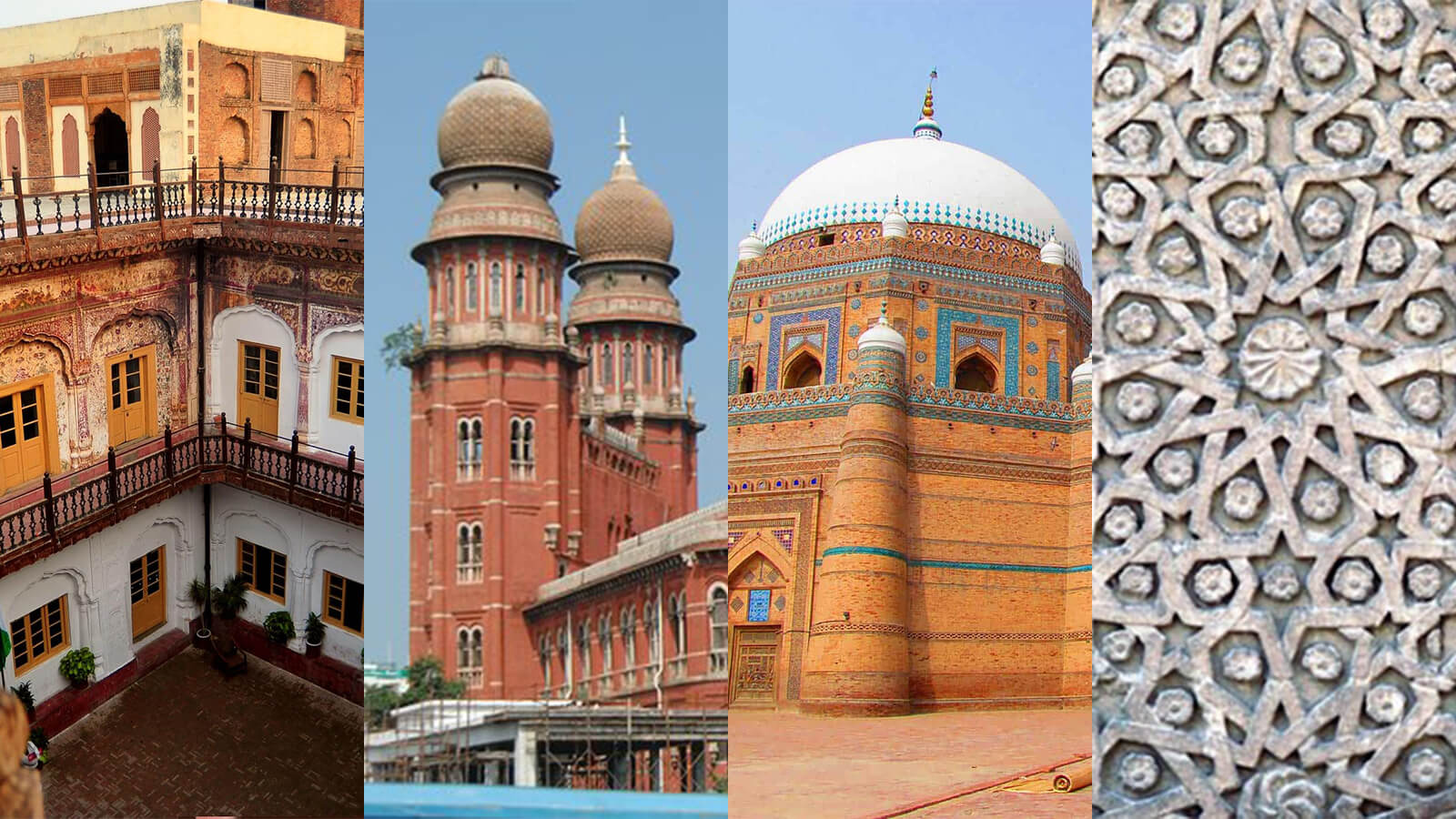
The challenge lies in reconciling the timeless allure of traditional craftsmanship with the demands of contemporary living. While vernacular architecture may evoke nostalgia and cultural pride, its adherence to outdated techniques and design principles impedes progress toward a more sophisticated and sustainable built environment; in a rapidly evolving world where architectural innovation and environmental consciousness reign supreme, Pakistan stands at a crossroads, poised to redefine its architectural identity and embrace a more progressive approach to design.
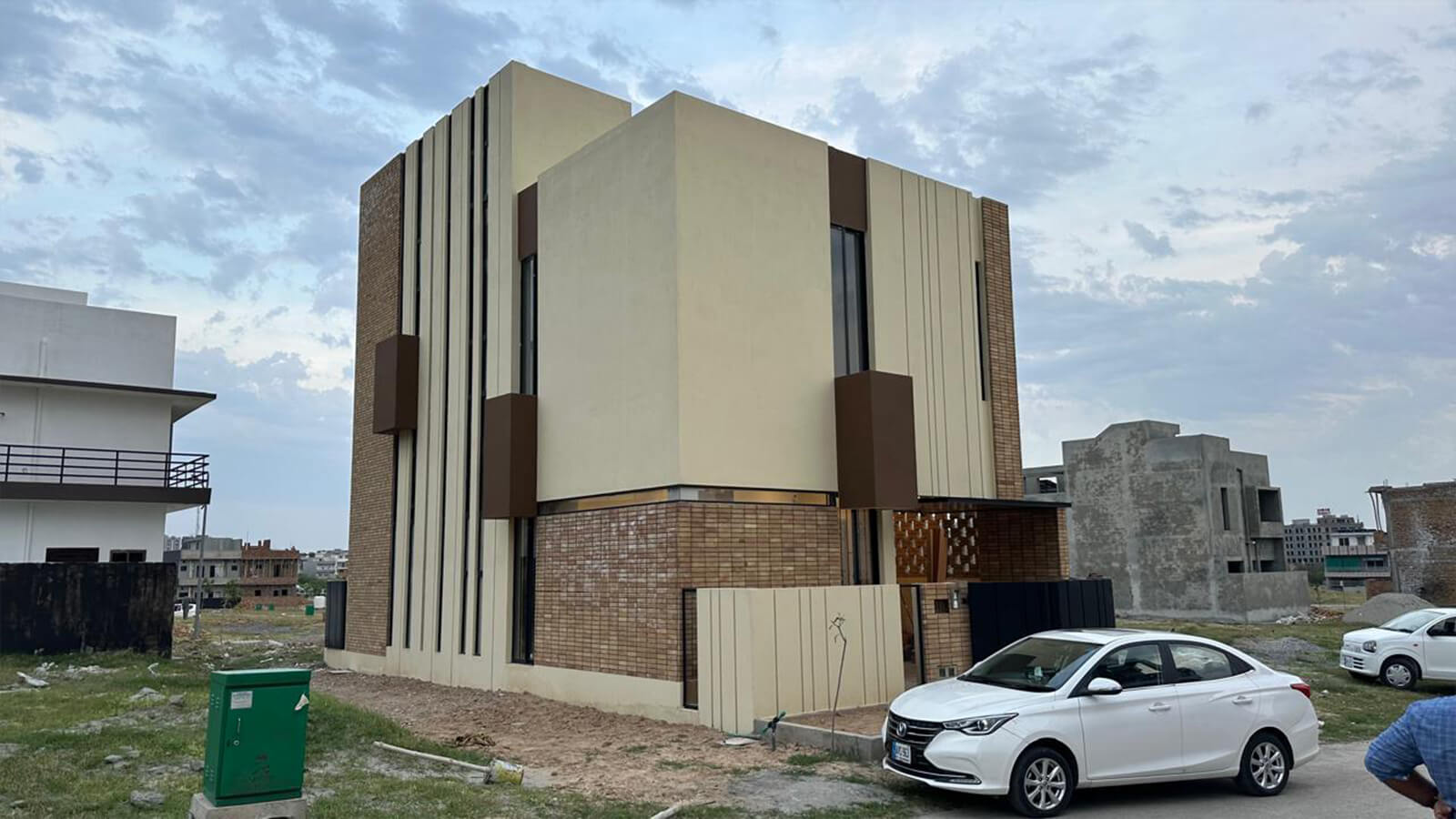
By leveraging the Expertise of qualified architects and embracing innovative design solutions, Pakistan has the potential to carve out a distinct architectural identity that pays homage to its rich cultural heritage while embracing the demands of the modern era. It’s time to move beyond the confines of tradition and chart a new course towards architectural excellence. This course celebrates the past while embracing the future.
The DIY budget-friendly approach
Pro: DIY projects can be cost-effective, allowing homeowners to save on architect fees.
Con: Lack of professional oversight may lead to design flaws, structural issues, and regulatory challenges.
Embracing a DIY method can undoubtedly yield significant cost savings, especially in Pakistan, where construction expenses have escalated rapidly in the past few years. However, the absence of expert guidance increases the likelihood of design oversights and regulatory non-compliance, potentially jeopardizing the structural integrity and safety of the built environment.
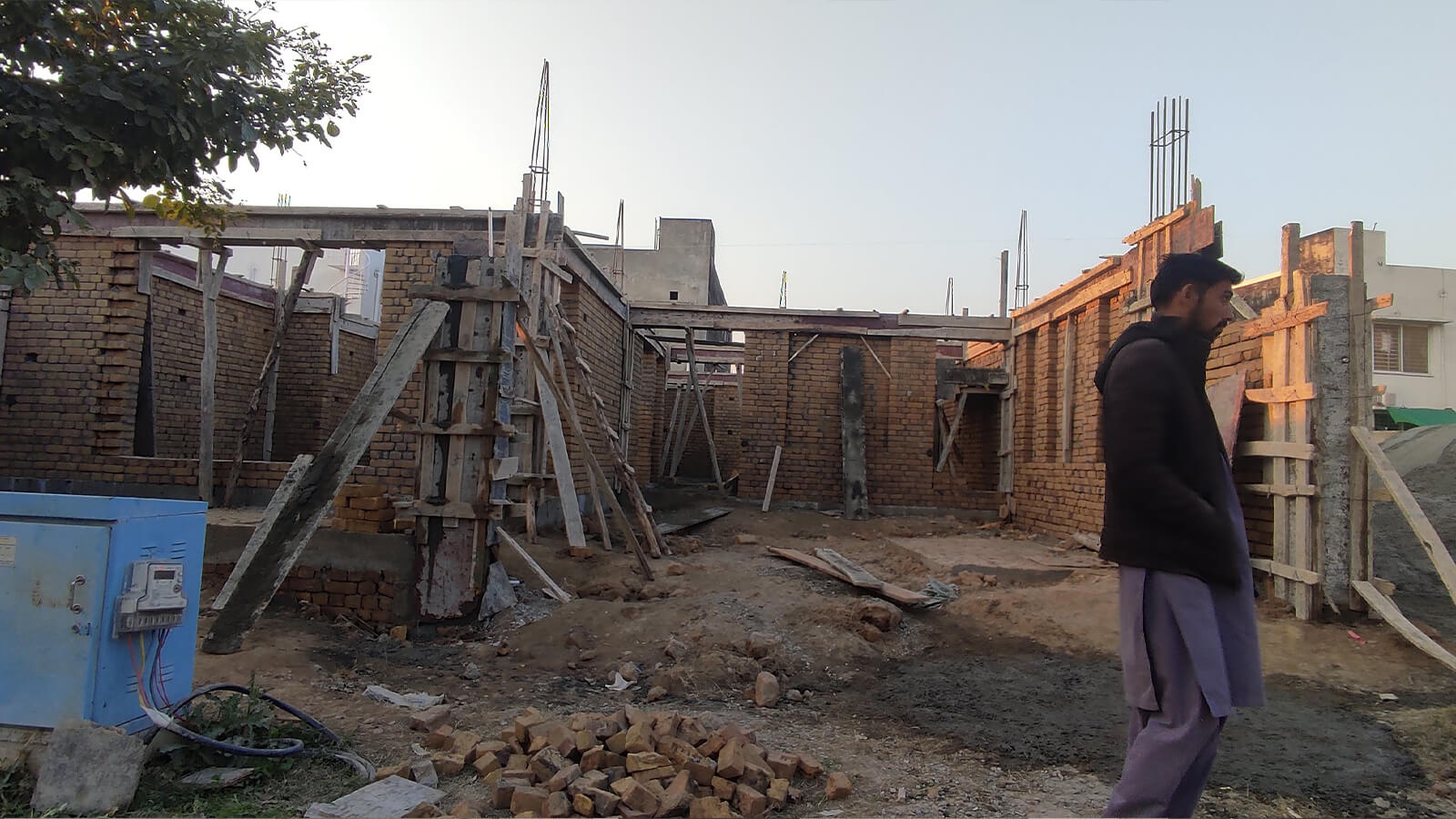
For instance, opting for low-cost materials or repurposing existing structures may seem like smart financial decisions. Still, the long-term implications, including maintenance costs and durability concerns, must be noticed. In a country like Pakistan, with its harsh summers and winters, intense monsoon seasons, and the constant threat of floods, structures must be resilient to withstand these environmental challenges.

Poorly planned structures, devoid of architectural Expertise, often succumb to the unforgiving forces of nature. Failing to consider dead loads (static forces exerted on a structure) and live loads (dynamic forces such as occupants, furniture, and environmental factors) can result in catastrophic consequences. From foundation failures to structural collapses, the aftermath of such disasters extends far beyond mere financial losses, often exacting a human toll that cannot be measured in monetary terms. Therefore, while DIY initiatives may offer short-term economic gains, they pale compared to the invaluable assurance of safety and longevity provided by professional architectural Expertise.
The need for architectural Expertise
Pro: Architects bring Expertise in spatial planning, structural integrity, and aesthetic design.
Con: Ignoring professional guidance may result in costly mistakes, rework, and legal complications.
Just like you wouldn’t go to a quack for healthcare, you should not go to a contractor for home design. From conceptualizing spatial layouts to ensuring compliance with building codes, architects play a pivotal role in safeguarding the integrity and longevity of a construction project.
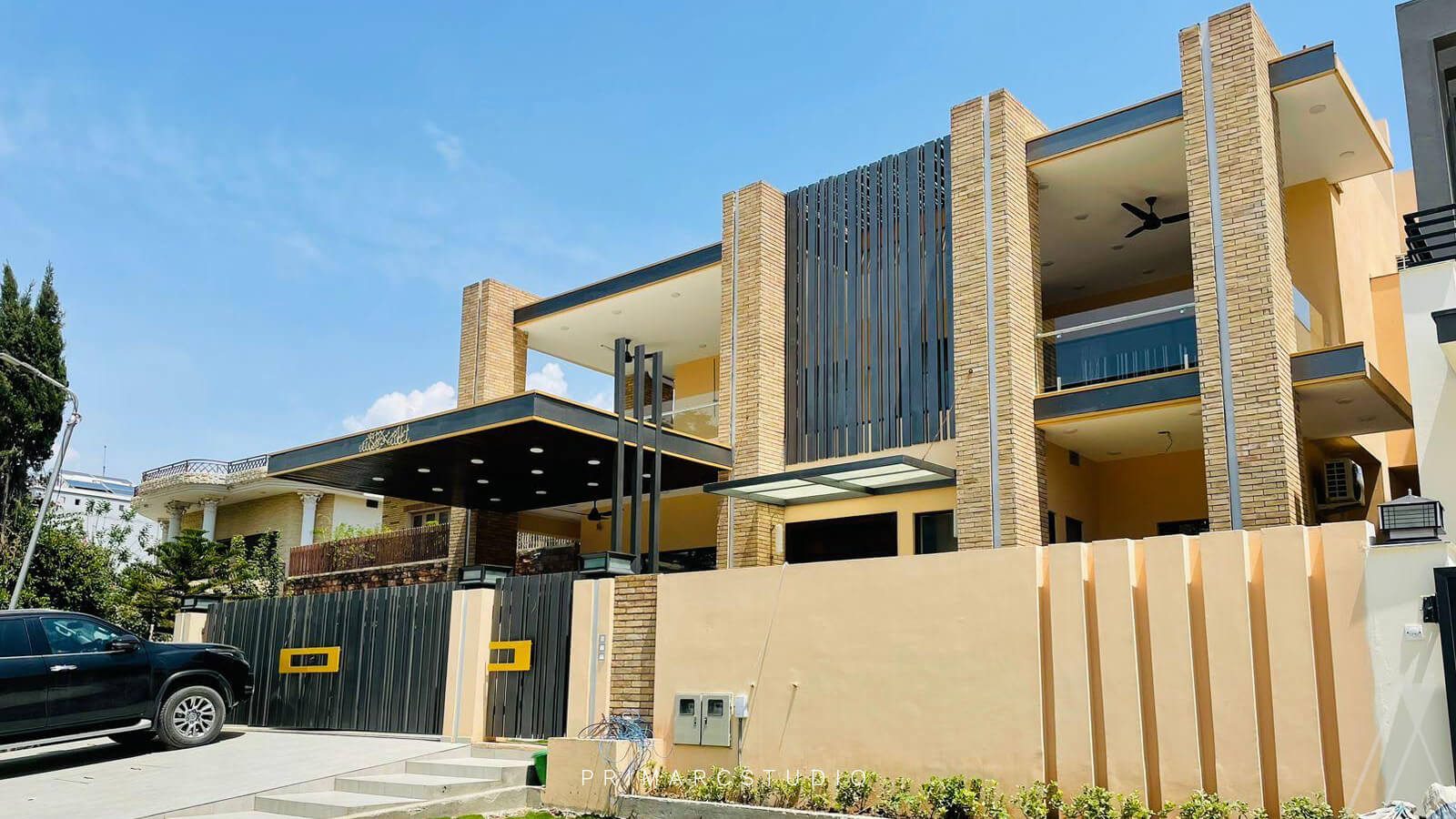
Architects serve as the visionary guardians of a construction project, translating abstract concepts into tangible realities while navigating a labyrinth of technical specifications and regulatory requirements. Their role extends beyond mere aesthetics; architects are the master strategists behind the seamless integration of form and function, ensuring that every aspect of a building’s design serves a purpose and enhances the occupant’s experience.
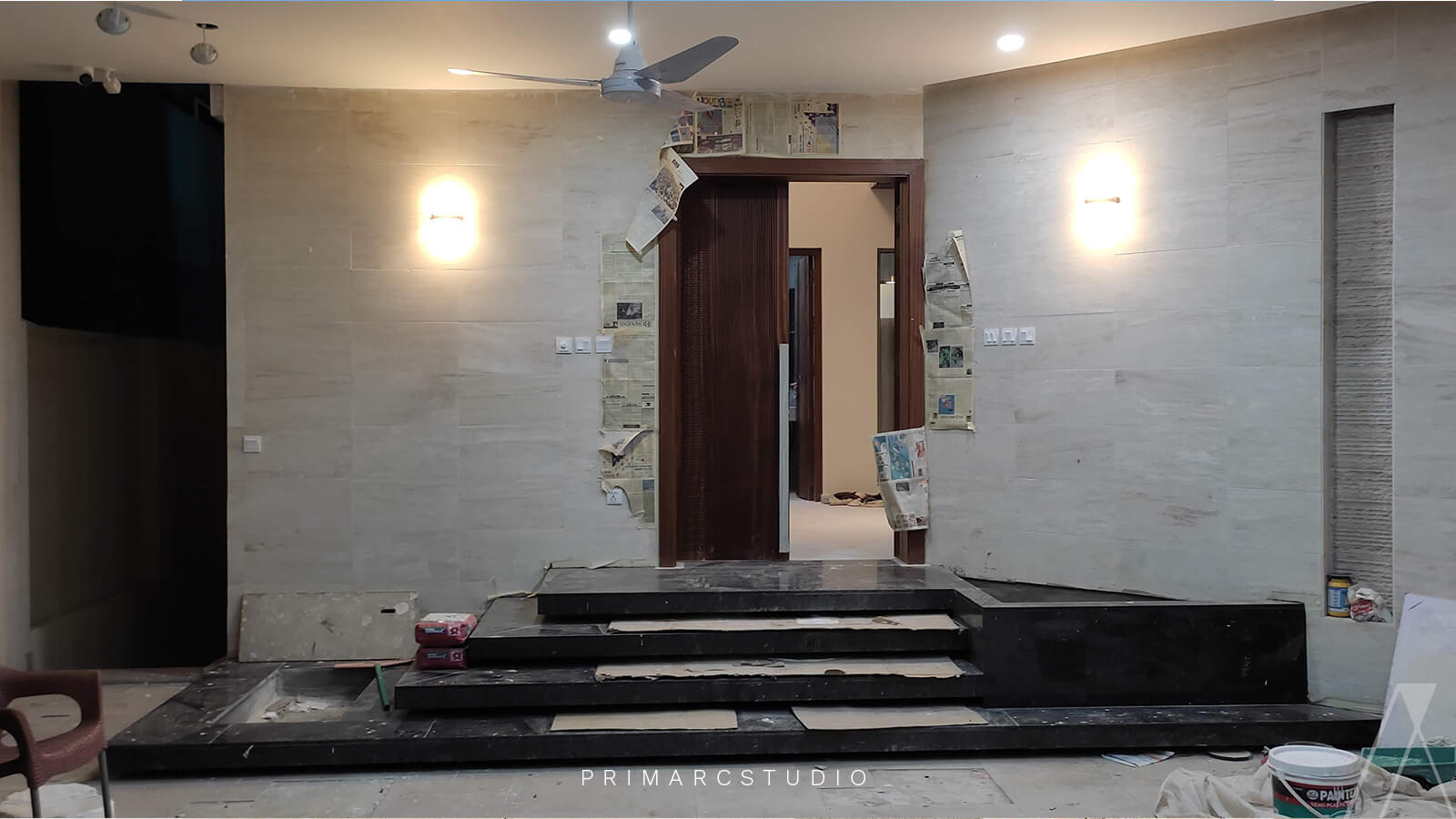
At the project’s inception, architects embark on a journey of spatial exploration, meticulously conceptualizing layouts that optimize efficiency, flow, and spatial harmony. They possess a keen understanding of human behaviour and ergonomics, allowing them to craft environments that cater to the diverse needs and preferences of occupants. Whether configuring a residential home’s layout to maximize natural light and privacy or designing a commercial space for optimal workflow and customer engagement, architects are the masterminds behind the orchestration of spatial arrangements that elevate the quality of life and user experience.
Balancing creativity and practicality
Pro: DIY projects allow homeowners to express their creativity and personalize their living spaces.
Con: With professional guidance, aesthetic choices may be aware of functional considerations and ergonomic principles.
Undoubtedly, the allure of do-it-yourself (DIY) projects lies in the opportunity for homeowners to infuse their living spaces with personal creativity and style. DIY endeavours empower individuals to express their unique tastes and preferences, transforming mundane interiors into personalized sanctuaries. However, the absence of professional architectural oversight in DIY ventures poses inherent risks beyond aesthetics.
Research indicates that DIY renovations are on the rise, with homeowners increasingly opting to take matters into their own hands to save costs and exercise creative control. While this trend fosters a sense of autonomy and empowerment, it also underscores the need for caution when embarking on complex design endeavours without expert guidance.
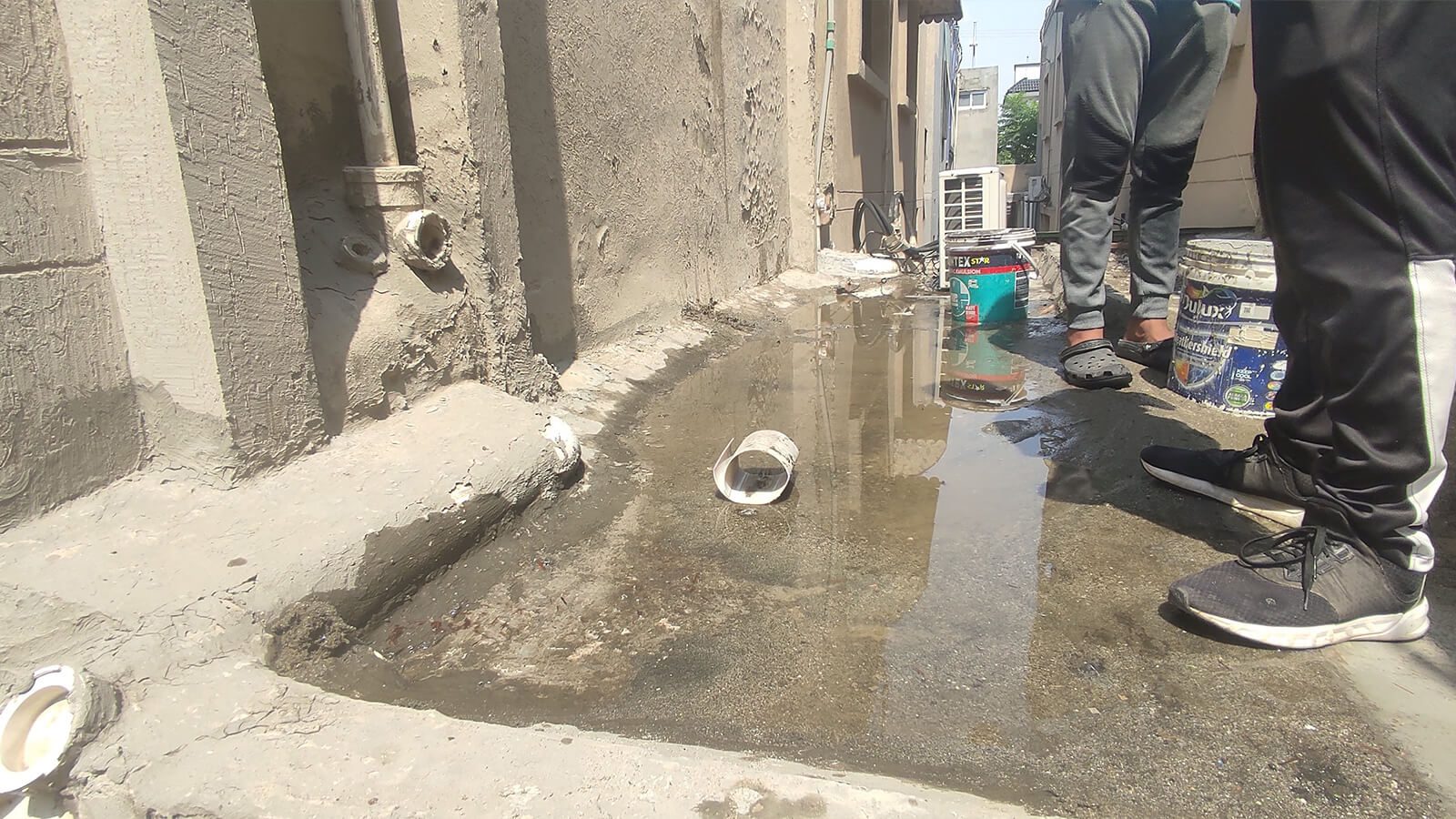
One of the primary pitfalls of DIY projects is the tendency to prioritize visual appeal over functional considerations. Without the Expertise of an architect or design professional, homeowners may inadvertently sacrifice usability and comfort in pursuit of aesthetic gratification in home design or otherwise. For example, incorporating elaborate architectural elements or ornate embellishments may enhance visual appeal. Still, they could disrupt spatial flow or compromise ergonomic comfort if not thoughtfully integrated into the overall design.
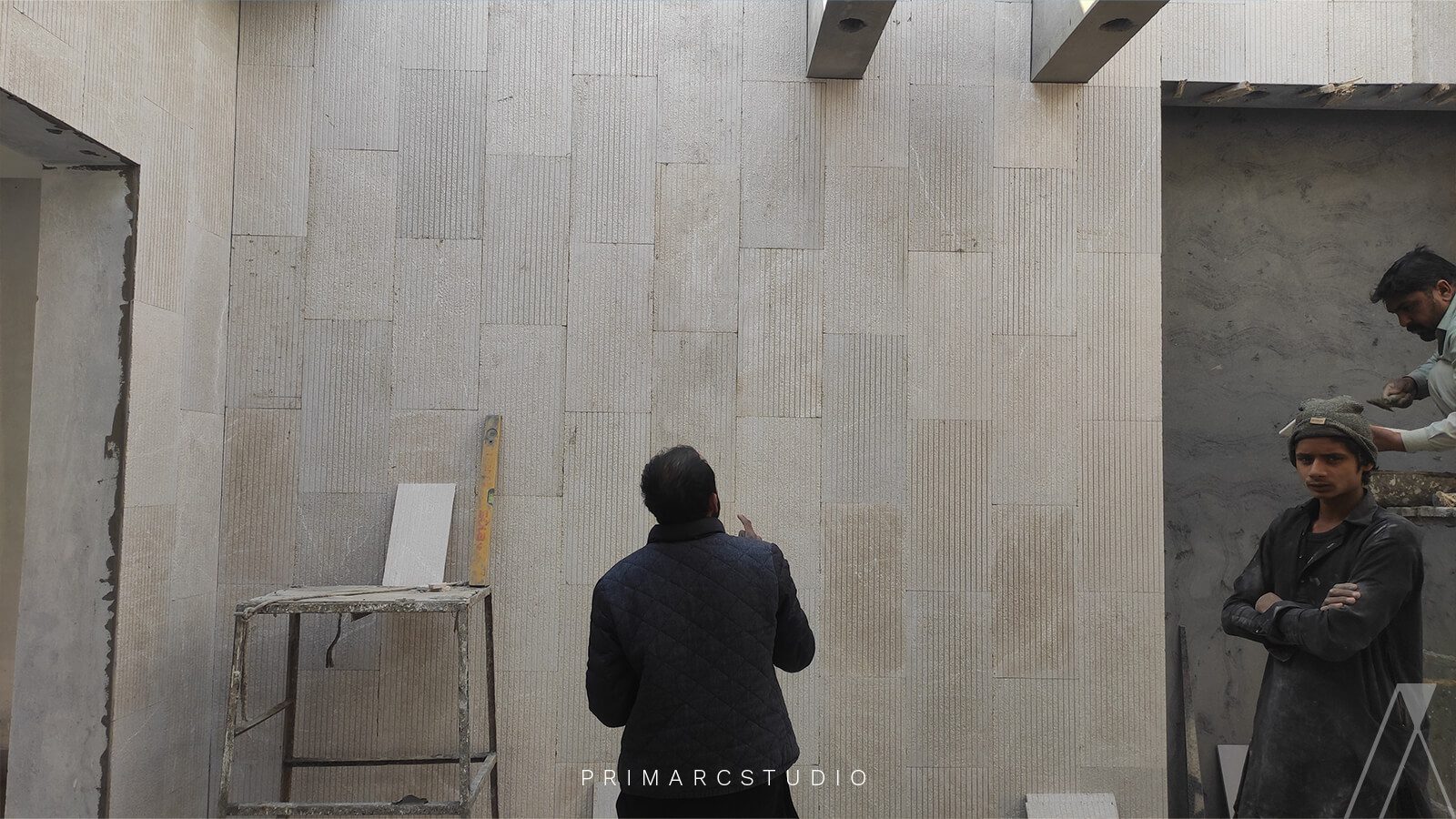
Moreover, studies have shown that poorly planned DIY renovations often result in costly mistakes and inefficiencies, leading to dissatisfaction and disillusionment among homeowners. In a survey conducted by the National Association of Home Builders, nearly half of DIY homeowners reported encountering unexpected challenges during their projects, ranging from structural issues to regulatory hurdles.
Conclusion: Striking a balance with home design
Navigating the complexities of home design in Pakistan requires a nuanced approach that balances DIY ingenuity with architectural Expertise. While DIY projects can empower homeowners and offer cost-saving opportunities, the involvement of qualified architects ensures that designs are aesthetically pleasing but functional, safe, and compliant with regulatory standards.
By recognizing the value of professional collaboration and investing in architectural Expertise, homeowners can confidently embark on their home design journey, knowing that their vision will be realized with integrity and excellence. After all, in the tapestry of home construction, each thread—whether DIY enthusiasm or architectural prowess—contributes to creating a harmonious and enduring living environment.


